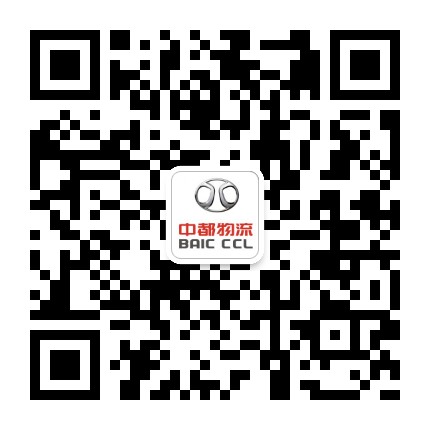E-Control Supply Chain Management Platform
Ⅰ. Background
1) Given the rising storage rent and labor wage costs in the industry, “cost reduction and efficiency increase” has become the premise for the logistics industry.
2) Under the background of Industry 4.0, the release of Implementation Opinions on Internet + Efficient Logistics, Plan on New Generation of AI Development, and other policy documents promote the logistics industry to develop to be more intelligent with more information.
3) The complicated operation process and the various packaging materials and specifications of goods in the warehouse resulting in low efficiency of the personnel on the spot.
4) The frequent gather of people and cars in the storage area causes accidents easily.
Ⅱ. Implementation plan
The application area of automated equipment consists of five parts: receiving dock area, high shelf area, package turning area, goods preparation area, and automatic charging area.
1) Receiving dock area: The automated forklift is assigned by the E-Control Supply Chain Management Platform to pick up the goods at the designated location in the area
2) High shelf area: E-Control Supply Chain Management Platform recommends the proper storage space to the automated forklift according to the cargo space vacancy and space position
3) Package turning area:E-Control Supply Chain Management Platform issues the tasks of turning over the packages and picking up the goods. The automated forklift delivers the original packaged goods, empty utensils, and pallets needed by the workstation from the high shelf to the corresponding position of the workstation. After turning over the packages by workers, the automated forklift is dispatched to transport and store the finished goods to the high shelf area
4) Dock area for goods preparation: E-Control Supply Chain Management Platform issues delivery and picking plans to dispatch automated vehicles to move goods from the high shelf area to the dock for goods preparation
5) Automatic charging area: If the automated forklift is “idle” currently and the power is below the threshold value, the E-Control Supply Chain Management Platform will issue the charging task automatically, and the vehicle will go to the area to charge automatically
Ⅲ. Results
1) Reduce the investment in transportation equipment effectively while reducing human labor intensity greatly and reducing the number of workers
2) Replace the original mode of “people looking for goods” with the upgraded logistics mode of "goods to people", which makes the system warn in case of no inventory and makes it search the storage location accurately and dispatch the automated equipment in case of inventory
3) Realize the full informatization and automation of warehouse operation, improve the efficiency of warehouse operation effectively, and improve the utilization rate of storage
4) With reasonable layout for security, further ensure the safety in human working, article quality and equipment operation
Ⅳ. Innovative point
1) The system adopts micro-service architecture, independent deployment of services, and a free combination of functional modules. 2) The system realizes the intelligent scheduling of automated equipment and creates the function of path planning by itself. By the operation of automated equipment in the actual environment, the running path is constantly optimized to make the equipment run more efficiently and safely.
3) By use of various handheld terminals (PDA, PAD, electronic display board, etc.), real-time information sharing and interaction can be realized, and real-time monitoring of the progress of the current task can be achieved.
4) By use of a set of systematic multiple management, storage management, automated forklift scheduling management, operation data analysis, auxiliary decision-making, dynamic electronic display board and financial management can be realized.
5) The storage information from the superior and subordinate systems can be linked (namely GWMS and RWCS information data linkage) to realize the consistency and effectiveness of the information in the supply chain.




